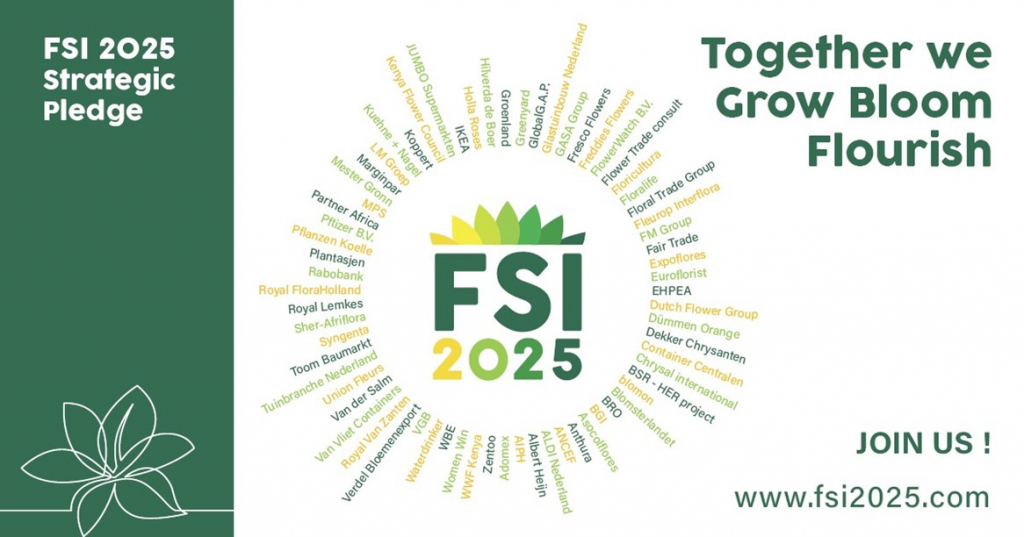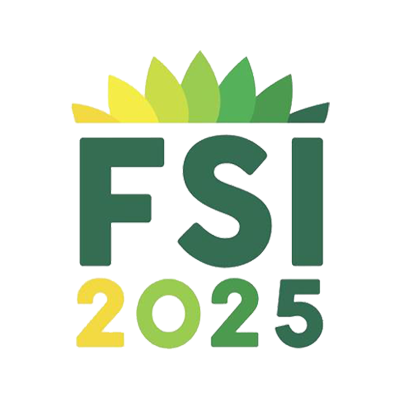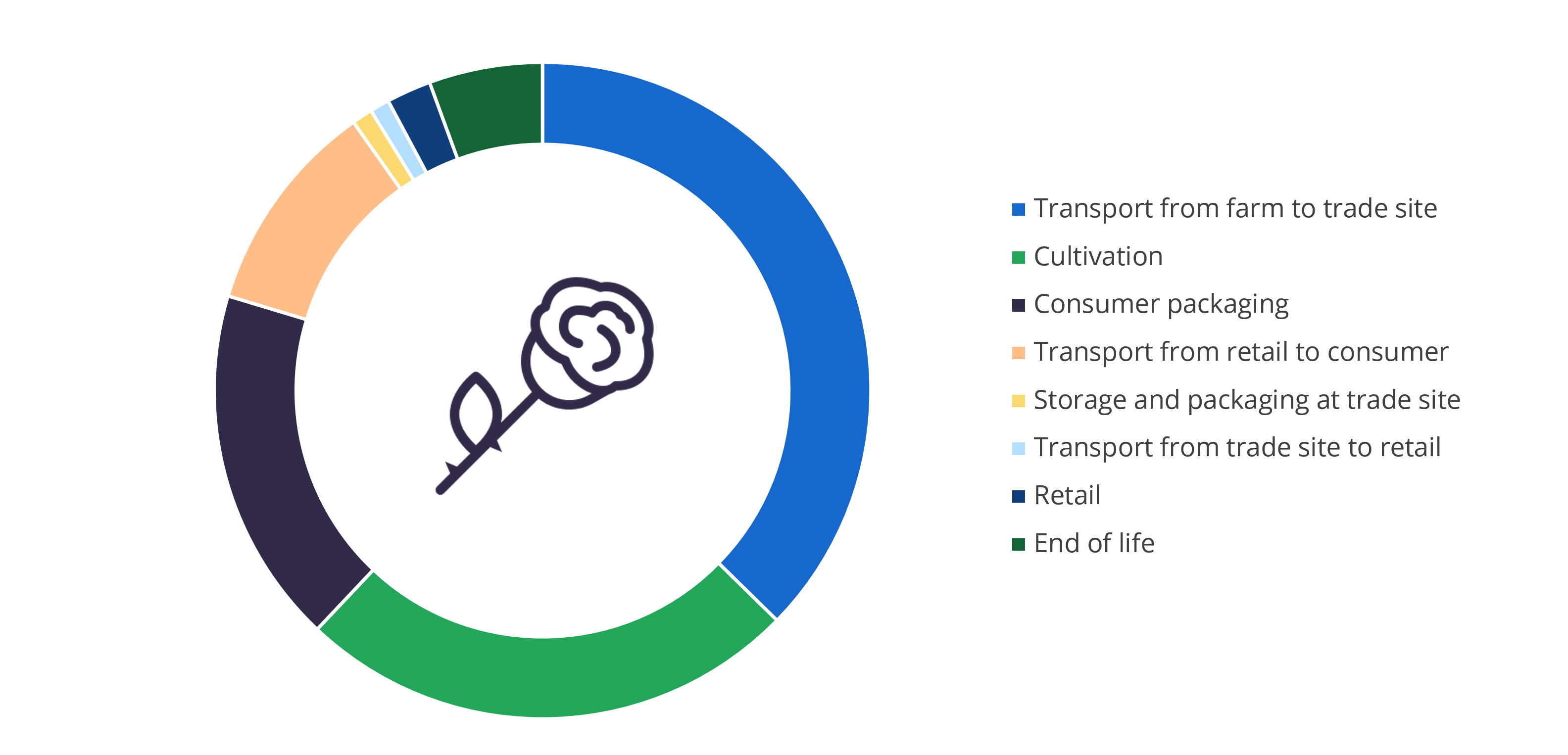Helping the floriculture sector reduce its environmental footprint
As part of their new ambition for 2025, the Floriculture Sustainability Initiative (FSI) set itself the objective of reducing the carbon footprint for selected flowers and plants by 2025. To help setting up this ambition, FSI turned to PRé’s expertise and guidance to support the first steps with FSI members on data availability and feasibility of the carbon footprint methodology.
About
The Floriculture Sustainability Initiative (FSI) was established in 2013 by a small group of international stakeholders active in the floriculture supply chain, to work together on responsible production and trade a way to continue ensure a healthy sector in the future. At the start, FSI was powered by IDH, the Sustainable Trade Initiative, with which it still works closely.

Challenge
Many organizations in the sector already calculate the environmental impact their products have, but not according to a uniform standard. Having such a uniform standard in place will allow consumers, retailers, and investors to base their decision-making on data that is consistent across the board.
The challenge FSI needed help with was twofold: first, to make the reductions measurable and anchor the progress that would be made in numbers. The approach would have to be data-driven and ready for the FloriPEFCR that was under development. Second, a tool would then be needed to make it easy for partners to monitor and demonstrate progress towards the objectives that were chosen.
Meeting these challenges would help the planet, while enhancing transparency and driving continual improvement within the sector.
Solution
The contributions PRé made to the solution involved hosting awareness-building workshops with FSI members and conducting pilot studies that would form the basis for the aforementioned approach.
In the workshops, we addressed such questions as: What is an environmental footprint in the first place? How can it be measured, at the level of the product, a company, and the floriculture sector as a whole? How can progress in reducing it be tracked and demonstrated?
These sessions helped us confirm that, for the floriculture sector, the most relevant indicators are climate change, water scarcity, eutrophication, and ecotoxicity.
In addition, we carried out three pilot studies to develop and test an approach that could be adopted by all members, and that would measure the following:
- growers’ corporate footprint for all four indicators
- traders’ corporate footprint for climate change and water scarcity
- and the product-level environmental footprint for all four indicators, constructed by merging the corporate footprints of growers, traders, and retailers
The studies resulted in a proof-of-concept that shows the possibilities for creating a product-level environmental footprint with data from multiple corporate footprints.
The knowledge gained helped FSI draw up a roadmap and milestones towards 2025, for achieving the reductions members have agreed on.
Among the numerous LCA consultancies on the market, we have chosen to work with PRé Sustainability because they really distinguish themselves by their inclusive approach to environmental analysis, and the care they take to making this rather complex and technical field, accessible and understandable to anyone. Thanks to their contribution, we were able to define a strong ambition for reducing the environmental footprint of the floriculture sector by 2025!

Jeroen Oudheusden, Executive Officer, Floriculture Sustainability Initiative
Benefits
PRé’s work helped FSI to meet its goals in forming its 2025 strategy by taking a fact-based, sector-wide approach.
This work confirmed the value of environmental footprinting at product level, providing insights on where to focus efforts, and for gaining a full picture of the sector’s footprint, allowing in turn clear communication on improvements.
FSI members who were involved in the pilot studies got a taste of the benefits footprinting can offer to individual companies. For instance:
- It shows them which of their activities have the greatest impact (“impact hotspots”) for each of the metrics studied.
- It allows them, based on that information, to identify opportunities for improvement, and to focus on the areas of greatest impact, so that ultimately, they can improve the environmental performance of their products.
Going forward, FSI aims to follow up on this project by developing a product-footprint calculator that will be accessible to all its members, allowing them to monitor and track their progress over time and connect to the clearly increasing environmental awareness on the part of consumers.

